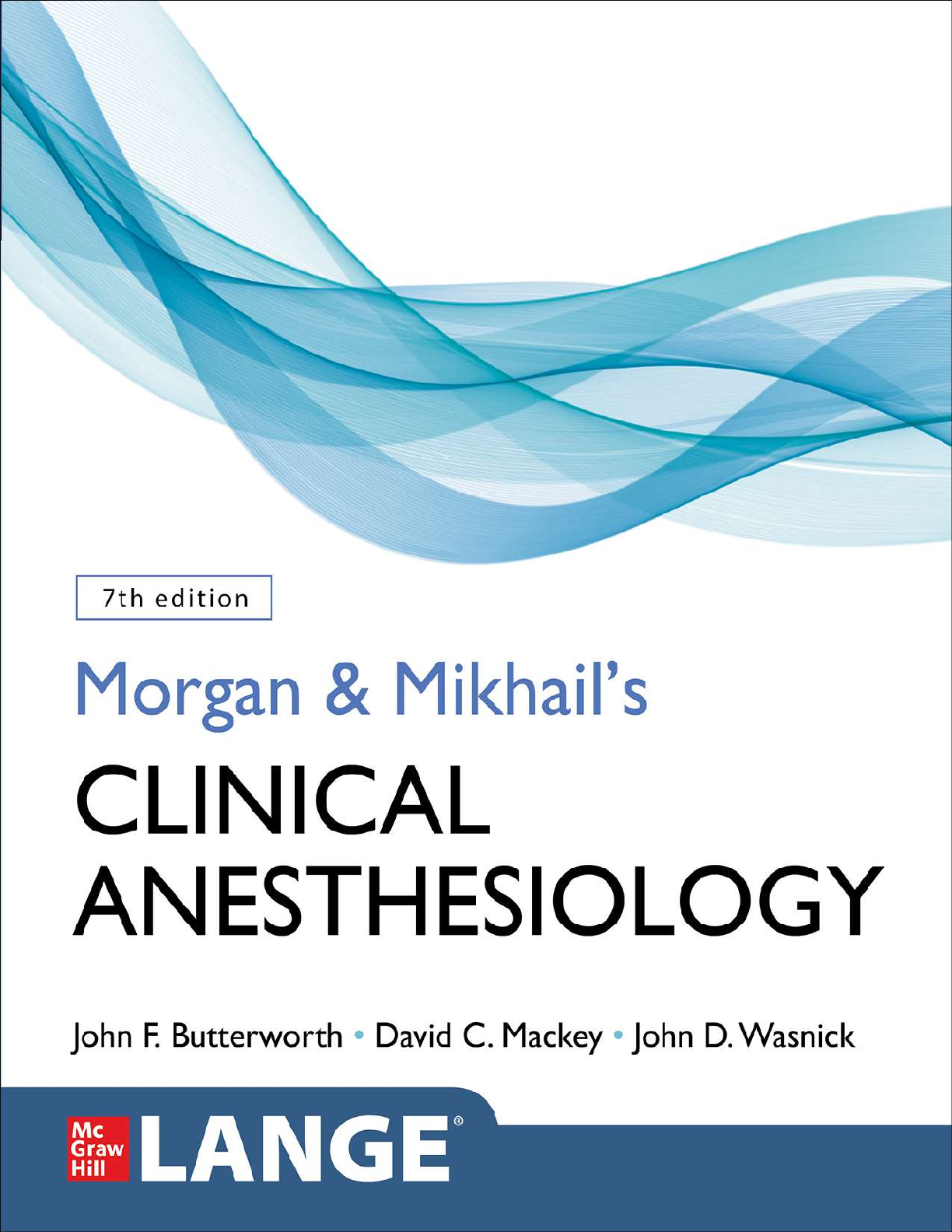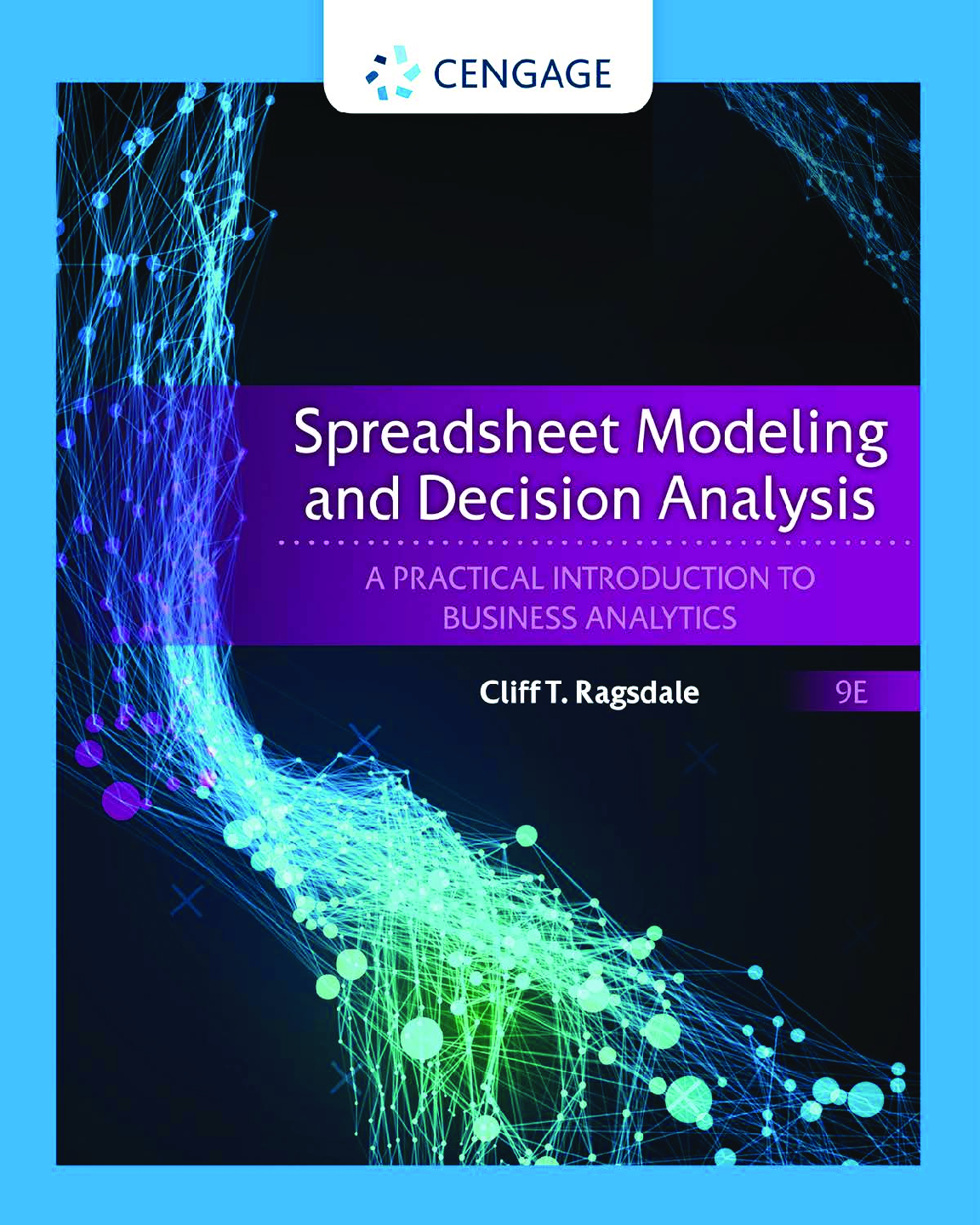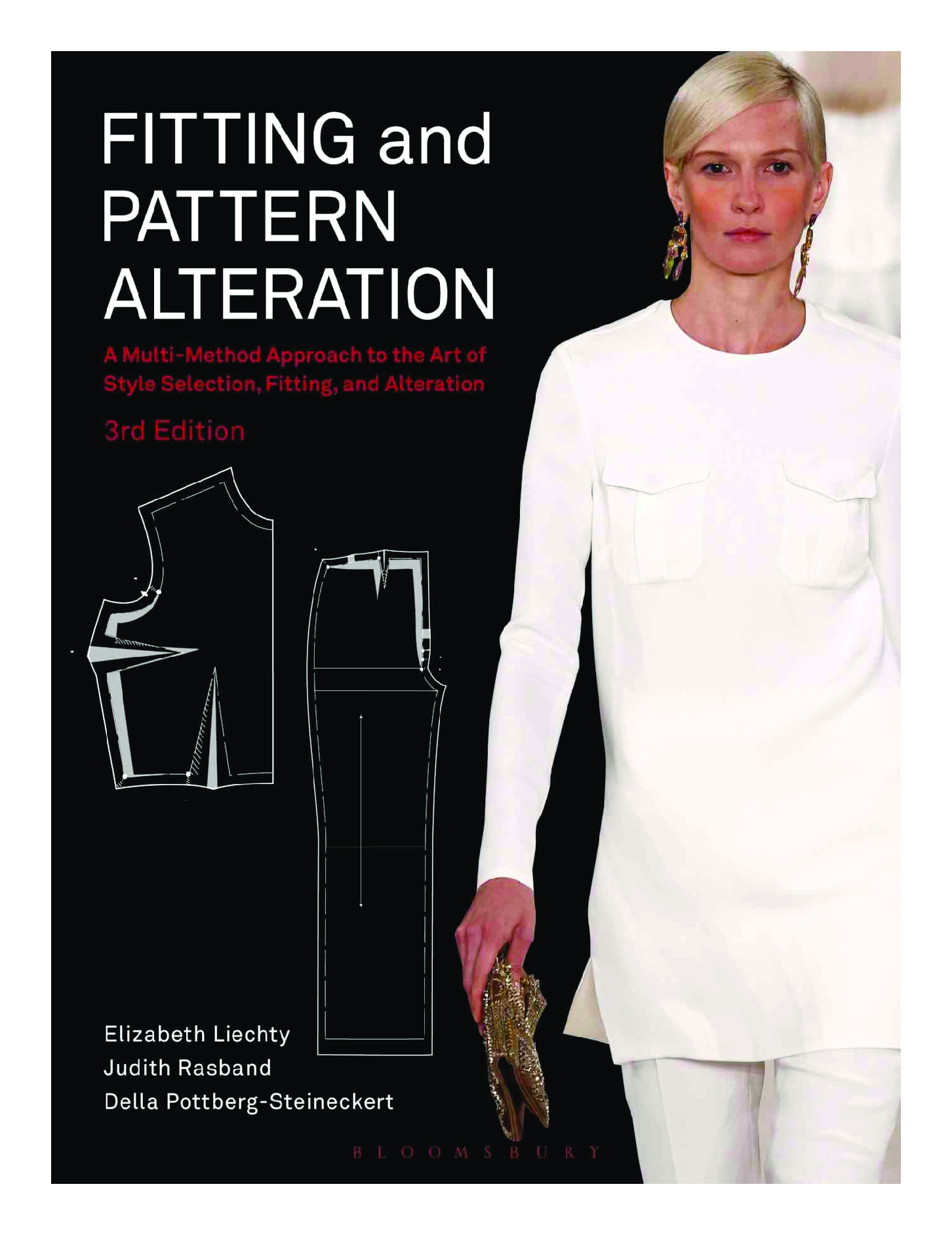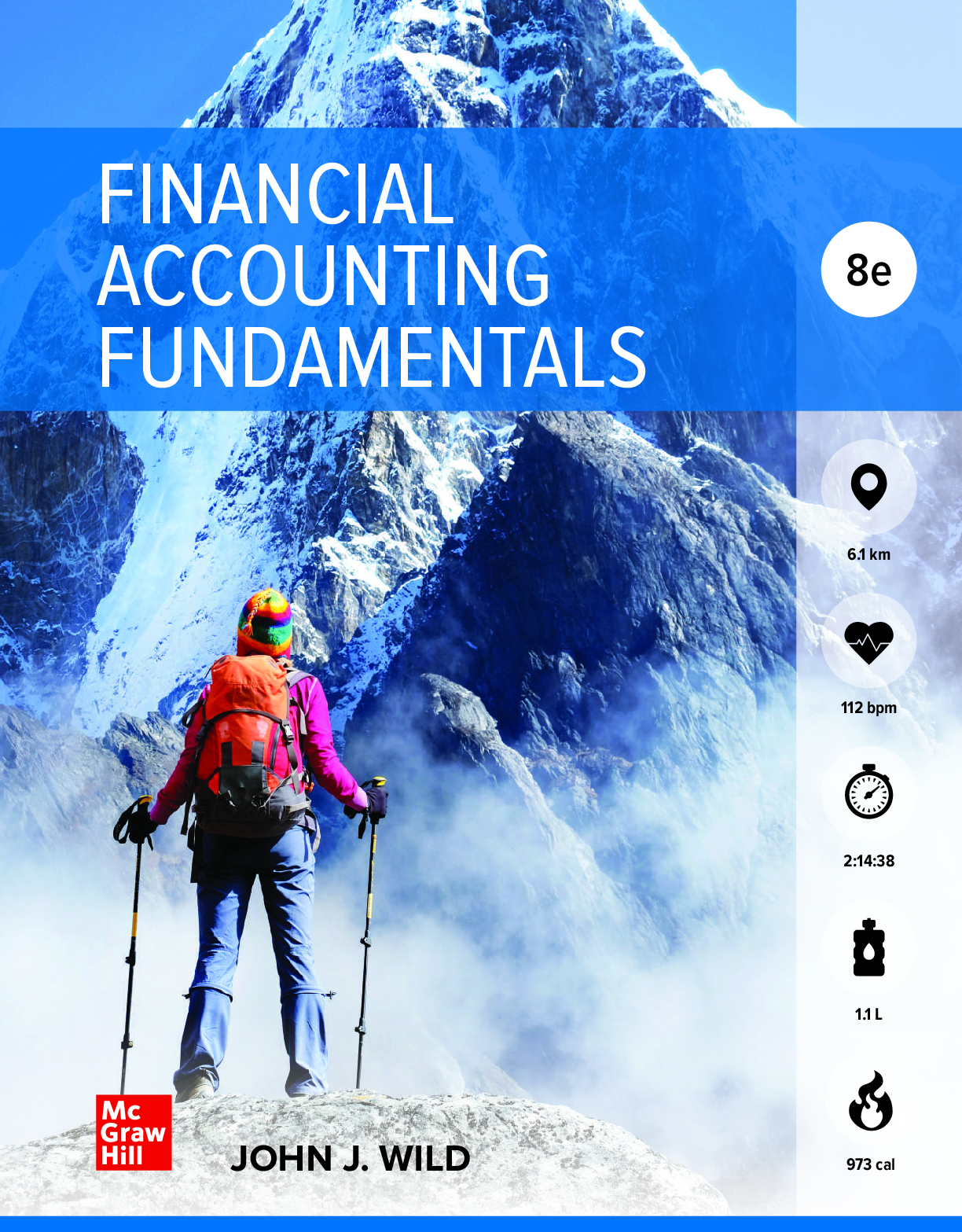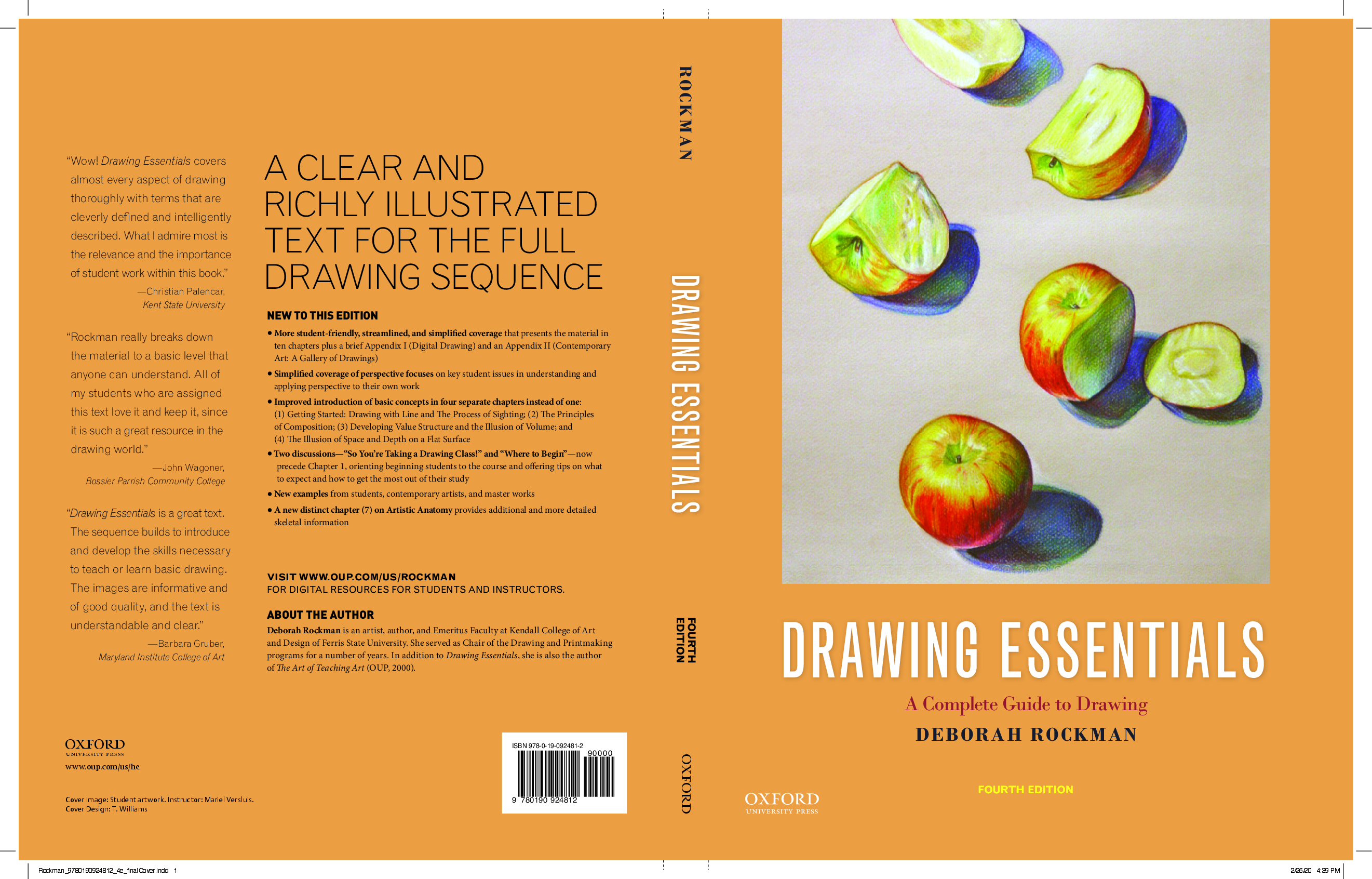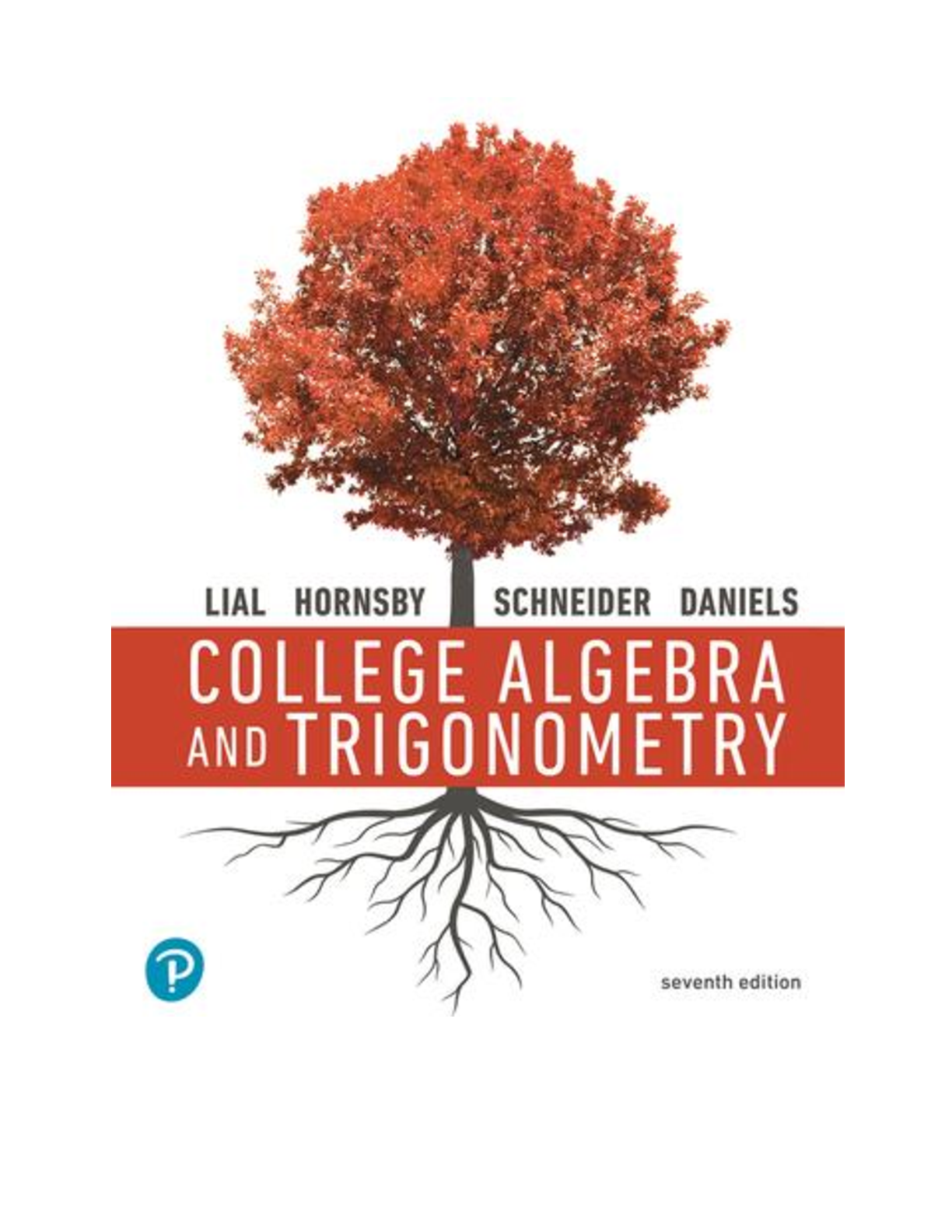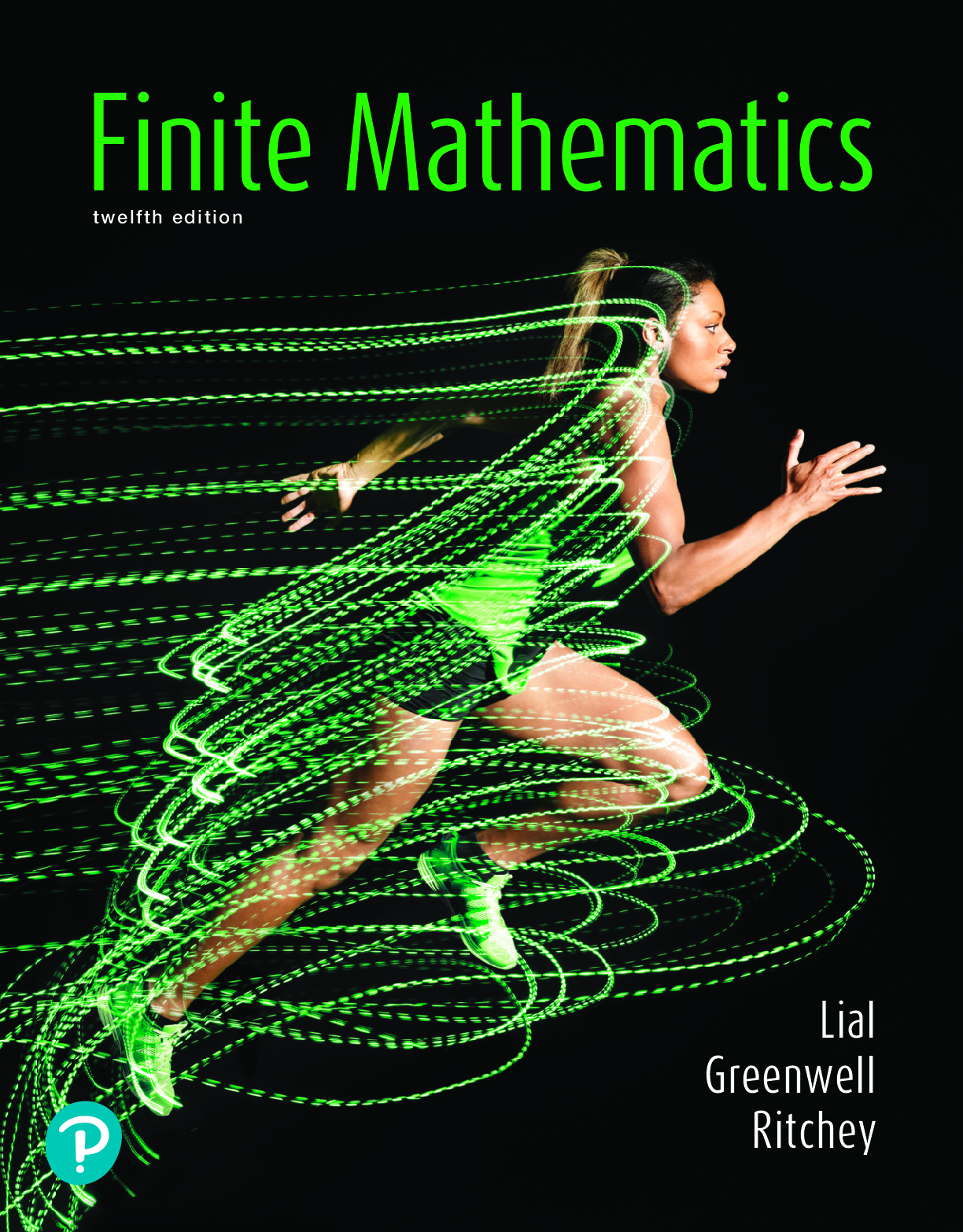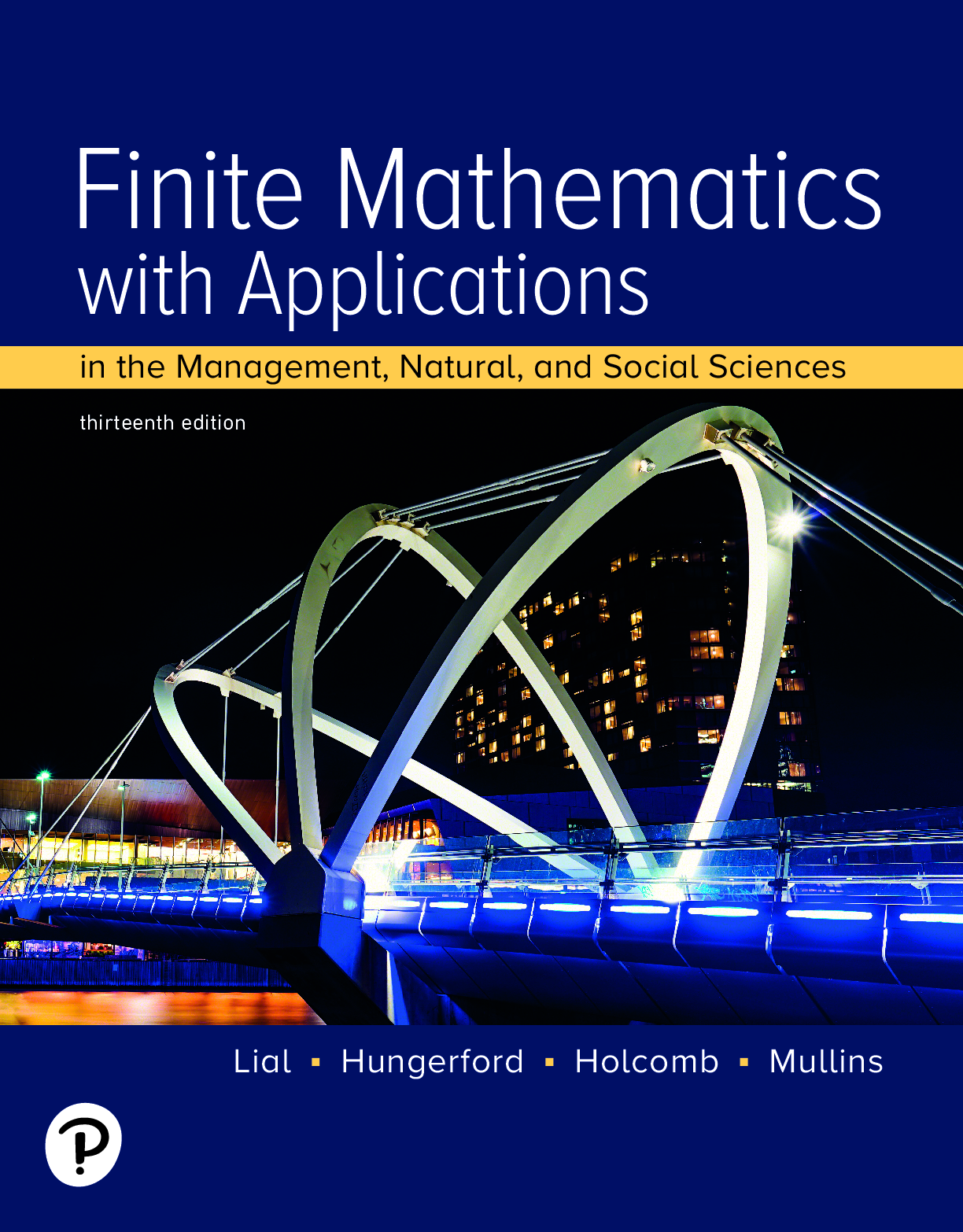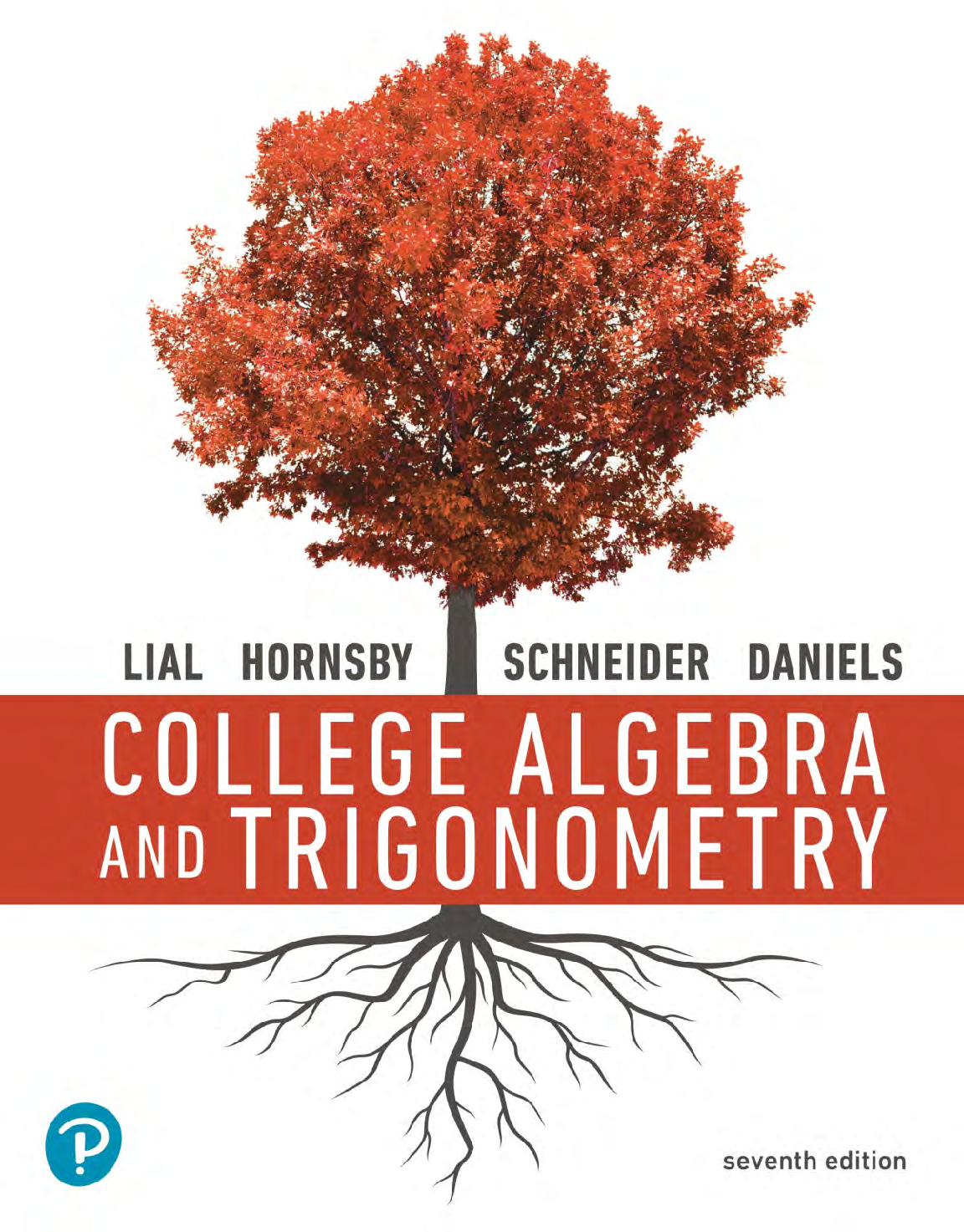Mathematics > eBook-PDF > eBook [PDF] College Algebra and Trigonomety 7th Edition By Margaret Lial, John Hornsby (All)
eBook [PDF] College Algebra and Trigonomety 7th Edition By Margaret Lial, John Hornsby
Document Content and Description Below
eBook [PDF] College Algebra and Trigonomety 7th Edition By Margaret Lial, John Hornsby Get all 11 Chapters eBook Pdf. Table of Contents Preface Resources for Success ACKNOWLEDGMENTS R Revi... ew of Basic Concepts R.1 Fractions, Decimals, and Percents Lowest Terms of a Fraction Improper Fractions and Mixed Numbers Operations with Fractions Decimals as Fractions Operations with Decimals Fractions as Decimals Percents as Decimals and Decimals as Percents Percents as Fractions and Fractions as Percents R.2 Sets and Real Numbers Basic Definitions Operations on Sets Sets of Numbers and the Number Line R.3 Real Number Operations and Properties Order on the Number Line Absolute Value Operations on Real Numbers Exponents Order of Operations Properties of Real Numbers R.4 Integer and Rational Exponents Product Rule for Exponents Power Rules for Exponents Zero as an Exponent Negative Exponents and the Quotient Rule Rational Exponents R.5 Polynomials Polynomials Addition and Subtraction Multiplication Division R.6 Factoring Polynomials Factoring Out the Greatest Common Factor Factoring by Grouping Factoring Trinomials Factoring Binomials Factoring by Substitution Factoring Expressions with Negative or Rational Exponents R.7 Rational Expressions Rational Expressions Lowest Terms of a Rational Expression Multiplication and Division Addition and Subtraction Complex Fractions R.8 Radical Expressions Radical Notation Simplified Radicals Operations with Radicals Rationalizing Denominators Test Prep Review Exercises Test 1 Equations and Inequalities 1.1 Linear Equations Basic Terminology of Equations Linear Equations Identities, Conditional Equations, and Contradictions Solving for a Specified Variable (Literal Equations) 1.2 Applications and Modeling with Linear Equations Solving Applied Problems Geometry Problems Motion Problems Mixture Problems Modeling with Linear Equations 1.3 Complex Numbers Basic Concepts of Complex Numbers Operations on Complex Numbers 1.4 Quadratic Equations The Zero‐Factor Property The Square Root Property Completing the Square The Quadratic Formula Solving for a Specified Variable The Discriminant Quiz (Sections 1.1–1.4) 1.5 Applications and Modeling with Quadratic Equations Geometry Problems The Pythagorean Theorem Height of a Projected Object Modeling with Quadratic Equations 1.6 Other Types of Equations and Applications Rational Equations Work Rate Problems Equations with Radicals Equations with Rational Exponents Equations Quadratic in Form Summary Exercises on Solving Equations 1.7 Inequalities Linear Inequalities Three‐Part Inequalities Quadratic Inequalities Rational Inequalities 1.8 Absolute Value Equations and Inequalities Basic Concepts Absolute Value Equations Absolute Value Inequalities Special Cases Absolute Value Models for Distance and Tolerance Test Prep Review Exercises Test 2 Graphs and Functions 2.1 Rectangular Coordinates and Graphs Ordered Pairs The Rectangular Coordinate System The Distance Formula The Midpoint Formula Equations in Two Variables 2.2 Circles Center‐Radius Form General Form An Application 2.3 Functions Relations and Functions Domain and Range Determining Whether Relations Are Functions Function Notation Increasing, Decreasing, and Constant Functions 2.4 Linear Functions Basic Concepts of Linear Functions Standard Form Ax + By = C Slope Average Rate of Change Linear Models Quiz (Sections 2.1–2.4) 2.5 Equations of Lines and Linear Models Point‐Slope Form Slope‐Intercept Form Vertical and Horizontal Lines Parallel and Perpendicular Lines Modeling Data Graphical Solution of Linear Equations in One Variable Summary Exercises on Graphs, Circles, Functions, and Equations 2.6 Graphs of Basic Functions Continuity The Identity, Squaring, and Cubing Functions The Square Root and Cube Root Functions The Absolute Value Function Piecewise‐Defined Functions The Relation x = y² 2.7 Graphing Techniques Stretching and Shrinking Reflecting Symmetry Even and Odd Functions Translations Quiz (Sections 2.5–2.7) 2.8 Function Operations and Composition Arithmetic Operations on Functions The Difference Quotient Composition of Functions and Domain Test Prep Review Exercises Test 3 Polynomial and Rational Functions 3.1 Quadratic Functions and Models Polynomial Functions Quadratic Functions Graphing Techniques Completing the Square The Vertex Formula Quadratic Models 3.2 Synthetic Division Synthetic Division Remainder Theorem Potential Zeros of Polynomial Functions 3.3 Zeros of Polynomial Functions Factor Theorem Rational Zeros Theorem Number of Zeros Conjugate Zeros Theorem Zeros of a Polynomial Function Descartes’ Rule of Signs 3.4 Polynomial Functions: Graphs, Applications, and Models Graphs of f(x) = axⁿ Graphs of General Polynomial Functions Behavior at Zeros Turning Points and End Behavior Graphing Techniques Intermediate Value and Boundedness Theorems Approximations of Real Zeros Polynomial Models Summary Exercises on Polynomial Functions, Zeros, and Graphs 3.5 Rational Functions: Graphs, Applications, and Models The Reciprocal Function f(x) = 1/x The Function f(x) = 1/x² Asymptotes Graphing Techniques Rational Models Quiz (Sections 3.1–3.5) 3.6 Polynomial and Rational Inequalities Polynomial Inequalities Rational Inequalities Summary Exercises on Solving Equations and Inequalities 3.7 Variation Direct Variation Inverse Variation Combined and Joint Variation Test Prep Review Exercises Test 4 Inverse, Exponential, and Logarithmic Functions 4.1 Inverse Functions One‐to‐One Functions Inverse Functions Equations of Inverses An Application of Inverse Functions to Cryptography 4.2 Exponential Functions Exponents and Properties Exponential Functions Exponential Equations Compound Interest The Number e and Continuous Compounding Exponential Models 4.3 Logarithmic Functions Logarithms Logarithmic Equations Logarithmic Functions Properties of Logarithms Summary Exercises on Inverse, Exponential, and Logarithmic Functions 4.4 Evaluating Logarithms and the Change‐of‐Base Theorem Common Logarithms Applications and Models with Common Logarithms Natural Logarithms Applications and Models with Natural Logarithms Logarithms with Other Bases Quiz (Sections 4.1–4.4) 4.5 Exponential and Logarithmic Equations Exponential Equations Logarithmic Equations Applications and Models 4.6 Applications and Models of Exponential Growth and Decay The Exponential Growth or Decay Function Growth Function Models Decay Function Models Summary Exercises on Functions: Domains and Defining Equations Test Prep Review Exercises Test 5 Trigonometric Functions 5.1 Angles Basic Terminology Degree Measure Standard Position Coterminal Angles 5.2 Trigonometric Functions Trigonometric Functions Quadrantal Angles Reciprocal Identities Signs and Ranges of Function Values Pythagorean Identities Quotient Identities 5.3 Trigonometric Function Values and Angle Measures Right‐Triangle‐Based Definitions of the Trigonometric Functions Cofunctions Trigonometric Function Values of Special Angles Reference Angles Special Angles as Reference Angles Determination of Angle Measures with Special Reference Angles Calculator Approximations of Trigonometric Function Values Calculator Approximations of Angle Measures An Application Quiz (Sections 5.1–5.3) 5.4 Solutions and Applications of Right Triangles Historical Background Significant Digits Solving Triangles Angles of Elevation or Depression Bearing Further Applications Test Prep Review Exercises Test 6 The Circular Functions and Their Graphs 6.1 Radian Measure Radian Measure Conversions between Degrees and Radians Arc Length on a Circle Area of a Sector of a Circle 6.2 The Unit Circle and Circular Functions Circular Functions Values of the Circular Functions Determining a Number with a Given Circular Function Value Linear and Angular Speed 6.3 Graphs of the Sine and Cosine Functions Periodic Functions Graph of the Sine Function Graph of the Cosine Function Techniques for Graphing, Amplitude, and Period Connecting Graphs with Equations A Trigonometric Model 6.4 Translations of the Graphs of the Sine and Cosine Functions Horizontal Translations Vertical Translations Combinations of Translations A Trigonometric Model Quiz (Sections 6.1– 6.4) 6.5 Graphs of the Tangent and Cotangent Functions Graph of the Tangent Function Graph of the Cotangent Function Techniques for Graphing Connecting Graphs with Equations 6.6 Graphs of the Secant and Cosecant Functions Graph of the Secant Function Graph of the Cosecant Function Techniques for Graphing Connecting Graphs with Equations Addition of Ordinates Summary Exercises on Graphing Circular Functions 6.7 Harmonic Motion Simple Harmonic Motion Damped Oscillatory Motion Test Prep Review Exercises Test 7 Trigonometric Identities and Equations 7.1 Fundamental Identities Fundamental Identities Uses of the Fundamental Identities 7.2 Verifying Trigonometric Identities Strategies Verifying Identities by Working with One Side Verifying Identities by Working with Both Sides 7.3 Sum and Difference Identities Cosine Sum and Difference Identities Cofunction Identities Sine and Tangent Sum and Difference Identities Applications of the Sum and Difference Identities Verifying an Identity Quiz (Sections 7.1 – 7.3) 7.4 Double‐Angle and Half‐Angle Identities Double‐Angle Identities An Application Product‐to‐Sum and Sum‐to‐Product Identities Half‐Angle Identities Verifying an Identity Summary Exercises on Verifying Trigonometric Identities 7.5 Inverse Circular Functions Review of Inverse Functions Inverse Sine Function Inverse Cosine Function Inverse Tangent Function Other Inverse Circular Functions Inverse Function Values 7.6 Trigonometric Equations Linear Methods Zero‐Factor Property Method Quadratic Methods Trigonometric Identity Substitutions Equations with Half‐Angles Equations with Multiple Angles Applications Quiz (Sections 7.5 – 7.6) 7.7 Equations Involving Inverse Trigonometric Functions Solution for x in Terms of y Using Inverse Functions Solution of Inverse Trigonometric Equations Test Prep Review Exercises Test 8 Applications of Trigonometry 8.1 The Law of Sines Congruency and Oblique Triangles Derivation of the Law of Sines Using the Law of Sines Description of the Ambiguous Case Area of a Triangle 8.2 The Law of Cosines Derivation of the Law of Cosines Using the Law of Cosines Heron’s Formula for the Area of a Triangle Derivation of Heron’s Formula Quiz (Sections 8.1–8.2) 8.3 Geometrically Defined Vectors and Applications Basic Terminology The Equilibrant Incline Applications Navigation Applications 8.4 Algebraically Defined Vectors and the Dot Product Algebraic Interpretation of Vectors Operations with Vectors The Dot Product and the Angle between Vectors Summary Exercises on Applications of Trigonometry and Vectors 8.5 Trigonometric (Polar) Form of Complex Numbers; Products and Quotients The Complex Plane and Vector Representation Trigonometric (Polar) Form Converting between Rectangular and Trigonometric Forms An Application of Complex Numbers to Fractals Products of Complex Numbers in Trigonometric Form Quotients of Complex Numbers in Trigonometric Form 8.6 De Moivre’s Theorem; Powers and Roots of Complex Numbers Powers of Complex Numbers (De Moivre’s Theorem) Roots of Complex Numbers Chapter 8 Quiz (Sections 8.3–8.6) 8.7 Polar Equations and Graphs Polar Coordinate System Graphs of Polar Equations Conversion from Polar to Rectangular Equations Classification of Polar Equations 8.8 Parametric Equations, Graphs, and Applications Basic Concepts Parametric Graphs and Their Rectangular Equivalents The Cycloid Applications of Parametric Equations Test Prep Review Exercises Test 9 Systems and Matrices 9.1 Systems of Linear Equations Linear Systems Substitution Method Elimination Method Special Systems Application of Systems of Equations Linear Systems with Three Unknowns (Variables) Application of Systems to Model Data 9.2 Matrix Solution of Linear Systems The Gauss‐Jordan Method Special Systems The Gaussian Elimination Method 9.3 Determinant Solution of Linear Systems Determinants Cofactors n x n Determinants Determinant Theorems Cramer’s Rule 9.4 Partial Fractions Decomposition of Rational Expressions Distinct Linear Factors Repeated Linear Factors Distinct Linear and Quadratic Factors Repeated Quadratic Factors Quiz (Sections 9.1 – 9.4) 9.5 Nonlinear Systems of Equations Nonlinear Systems with Real Solutions Nonlinear Systems with Nonreal Complex Solutions An Application of Nonlinear Systems Summary Exercises on Systems of Equations 9.6 Systems of Inequalities and Linear Programming Linear Inequalities in Two Variables Nonlinear Inequalities in Two Variables Systems of Inequalities Linear Programming 9.7 Properties of Matrices Basic Definitions Matrix Addition Special Matrices Matrix Subtraction Scalar Multiplication Matrix Multiplication An Application of Matrix Algebra 9.8 Matrix Inverses Identity Matrices Multiplicative Inverses Solution of Systems Using Inverse Matrices Test Prep Review Exercises Test 10 Analytic Geometry 10.1 Parabolas Conic Sections Horizontal Parabolas Geometric Definition and Equations of Parabolas An Application of Parabolas 10.2 Ellipses Equations and Graphs of Ellipses Translated Ellipses Eccentricity Applications of Ellipses Quiz (Sections 10.1–10.2) 10.3 Hyperbolas Equations and Graphs of Hyperbolas Translated Hyperbolas Eccentricity 10.4 Summary of the Conic Sections Characteristics Identifying Conic Sections Geometric Definition of Conic Sections Test Prep Review Exercises Test 11 Further Topics in Algebra 11.1 Sequences and Series Sequences Series and Summation Notation Summation Properties and Rules 11.2 Arithmetic Sequences and Series Arithmetic Sequences Arithmetic Series 11.3 Geometric Sequences and Series Geometric Sequences Geometric Series Infinite Geometric Series Annuities Summary Exercises on Sequences and Series 11.4 The Binomial Theorem A Binomial Expansion Pattern Pascal’s Triangle n‐Factorial Binomial Coefficients The Binomial Theorem kth Term of a Binomial Expansion 11.5 Mathematical Induction Principle of Mathematical Induction Proofs of Statements Generalized Principle of Mathematical Induction Proof of the Binomial Theorem Quiz (Sections 11.1–11.5) 11.6 Basics of Counting Theory Fundamental Principle of Counting Permutations Combinations Characteristics That Distinguish Permutations from Combinations 11.7 Basics of Probability Basic Concepts Complements and Venn Diagrams Odds Compound Events Binomial Probability Test Prep Review Exercises Test Appendices A Polar Form of Conic Sections Equations and Graphs Conversion from Polar to Rectangular Form B Rotation of Axes Derivation of Rotation Equations Application of a Rotation Equation C Geometry Formulas Answers to Selected Exercises Photo Credits Index [Show More]
Last updated: 5 months ago
Preview 1 out of 960 pages

Buy this document to get the full access instantly
Instant Download Access after purchase
Buy NowInstant download
We Accept:

Reviews( 0 )
$20.00
Can't find what you want? Try our AI powered Search
Document information
Connected school, study & course
About the document
Uploaded On
Oct 06, 2021
Number of pages
960
Written in
Additional information
This document has been written for:
Uploaded
Oct 06, 2021
Downloads
0
Views
227

